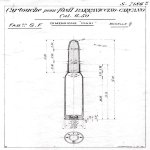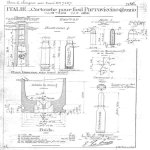The original powder (ballistite) was discontinued in the early 1900s. Many relined Carcanos (Tubata) had to be done due to how erosive the original powder was. They then went to solenite.
Personally I had good results with some surplus pulled Carcano bullets and 3031. Haven’t played around with reloading that caliber for years though due to running out off surplus bullets.
I should have used a different word than original. I meant the powder used by the Italians in WW2 when my carbine was made.










































































